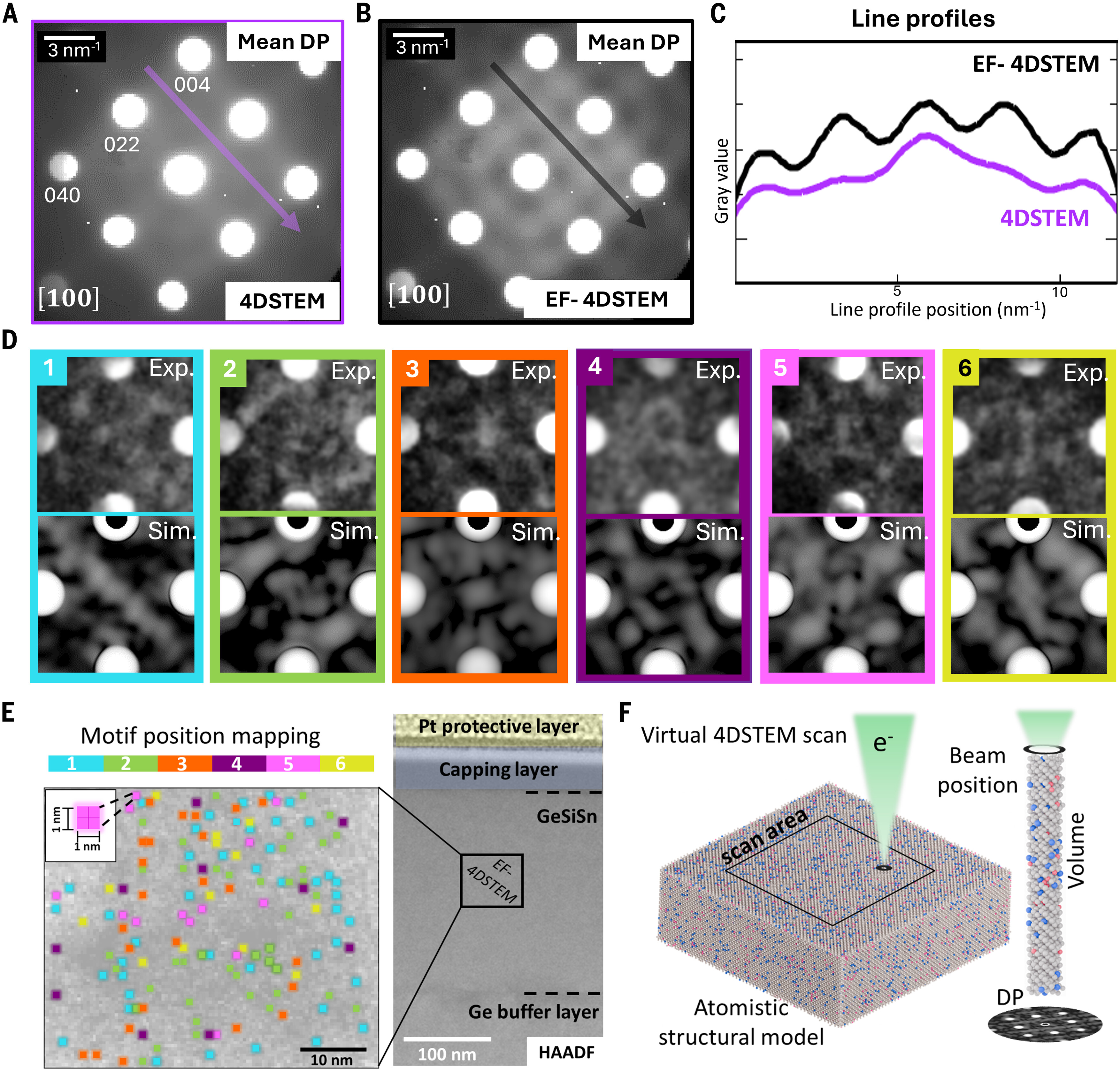A groundbreaking study co-led by Professor Tianshu Li was recently published in Science, one of the world’s foremost academic journals. The work, done in collaboration with researchers from the University of California, Berkeley, marks a significant advancement in semiconductor research and highlights GW’s leadership in cutting-edge materials science.
The research confirms for the first time that atoms in semiconductor alloys arrange themselves in distinctive local patterns, known as short-range order (SRO), which dramatically influence electronic behavior. This discovery opens an entirely new way of designing semiconductors—treating SRO as a novel degree of freedom that can be harnessed to engineer materials for next-generation technologies, including quantum computing and neuromorphic computing.
The breakthrough builds on a 2022 prediction from Li’s group that SRO exists in group IV semiconductor alloys and profoundly impacts their electronic properties. That pioneering insight helped inspire the establishment of the Center for Manipulation of Atomic Ordering for Manufacturing Semiconductors (µ-ATOMS), a Department of Energy (DOE) Energy Frontier Research Center awarded more than $10 million. The center, led in part by Li, brings together a multidisciplinary team of experimentalists and theorists to demonstrate that SRO exists, matters, and can be controlled for technological applications.
Proving SRO experimentally, however, is no simple task. Defects or thermal vibrations can easily mask signals from SRO, and until now, no clear method existed to isolate them. To solve this challenge, Li’s team developed an advanced machine-learning model capable of simulating millions of atoms—the same scale probed by Berkeley collaborator Professor Andrew Minor’s cutting-edge electron microscopy. This powerful modeling-experiment synergy provided the clarity necessary to pinpoint SRO structural motifs hidden inside semiconductor crystals.
“This milestone demonstrates how bold, predictive modeling can open entirely new research directions,” said Li. “And when those predictions are paired with strong experimental synergy, they can be transformed into scientific reality. It’s a powerful reminder of how vision and collaboration together can drive breakthroughs at the atomic scale.”


